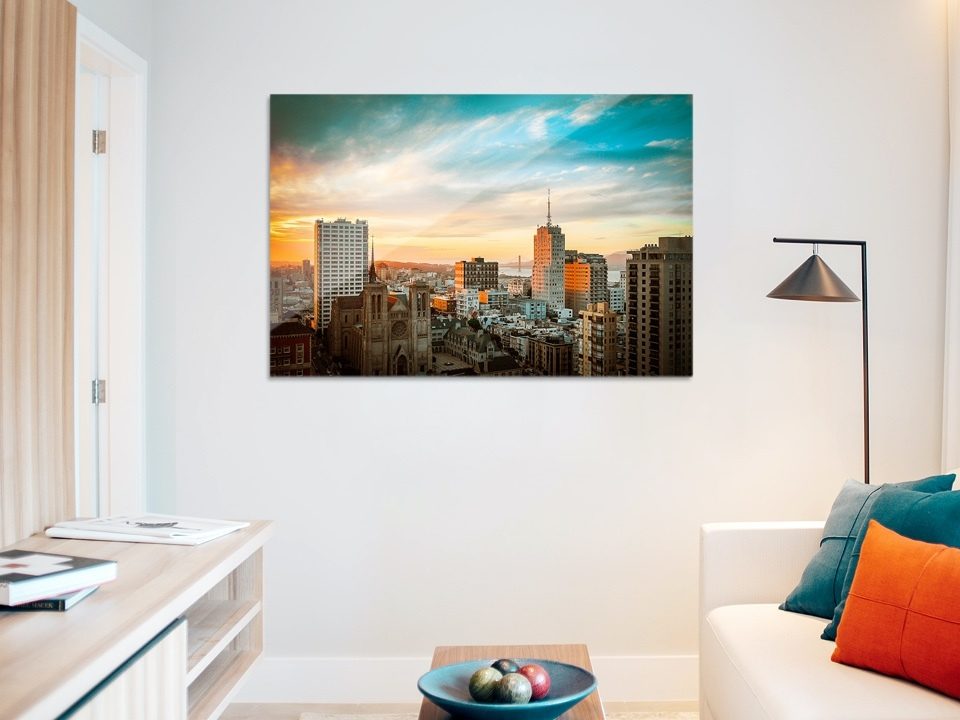
Smartphones are still on the rise as a grab & go camera, and in the best case scenario the photos made with them are posted on Facebook, Instagram or Flickr. Images are rarely printed these days. And that’s a great shame.
Countless photos simply disappear once mobile phones are lost or don’t work any more.
The story is somewhat different for professionals. All being well, we save our files onto hard drives and make a first, second, or even third, back-up. It takes a lot for our photos to disappear. Nonetheless, professionals don’t print that often. Most files are sent to the client via ftp or WeTransfer after post-editing. The best shots might also end up on our website, in the portfolio or the iPad. But printing? Why would we? The question really should be: why wouldn’t we?! Anyhow, here are four reasons as to why making prints is such a great idea:
1. Prints are long-lasting
An inkjet print of reasonable quality, kept in the right conditions, will last at least 100 years. Plus, black and white photos can be printed via digital internegatives, using impressive techniques such as gum or coal printing, for a nigh on limitless lifespan. A digital version cannot compete with that. Prints can be handed down the generations. Digitally-saved shots must though be regularly transferred to up-to-date media. If not, they’ll perish just as photos do on those defunct or lost mobile phones. Gone.
2. A (large) print has enhanced detail.
A full HD screen sounds quite something. But in actual fact, it has no more than two million pixels. 2 Mp. That’s not going to get you very far, if you’ve taken shots with a 24, 36 or even 80 Mp camera. A waste of effort. You can, of course, at 100% see how sharp (or not) your shots are, to demonstrate your professionalism. But then you lose the entire composition. The only way to simultaneously look at the entire image, whilst still enjoying all its details, is to print it off. Preferably in a large-ish size. A great photo on an iPad can be taken by that device itself. But a 40×60 print can’t.
3. Prints present your work better.
Selecting photos for a portfolio, a folder with low-res images sent via WeTransfer … no thank you. Instead, boxes in the studio filled with fine art prints and a pair of white gloves. The haute cuisine of photography. After all, food tastes far better on a beautifully presented plate in a chic restaurant, as opposed to off a plastic tray in a fast food joint. The selection took much longer than when I had a file on my computer, but this was much more pleasurable. Digital presentation is the norm for many photographers. So, make some prints to spice things up a little. Not only can you see prints, you can touch and smell them. Feel the weight of them, and how matte or glossy they are. Prints are far more evocative than a file on-screen. You can’t swipe a print, to quickly move on to the next one. A print demands your full attention.
4. A print is the end product.
Whereas a digital photo never is. There is always something you can tweak to the colour, contrast or shadow highlighting. Or, maybe you want to make a different cutout? These countless options that are available to you with a digital file, are closed off to you with a print. A print gives you something definitive in hand. The colours, contrast, coverage, definition; it’s all captured in a print. It’s the photographer’s unconditional work. Their final verdict. That lends a print a particular charm that a digital file simply cannot emulate.
Those who never print a stunning print, do themselves an injustice. So, delve into your archive, and make your selection among your very best shots. Head to a reputable lab, take a look at the paper they have, consider a photo mount or other finish, and have a few truly beautiful prints made. And then, offer it up next to a monitor. Wowed by the difference?
Source: Pf special 2014







